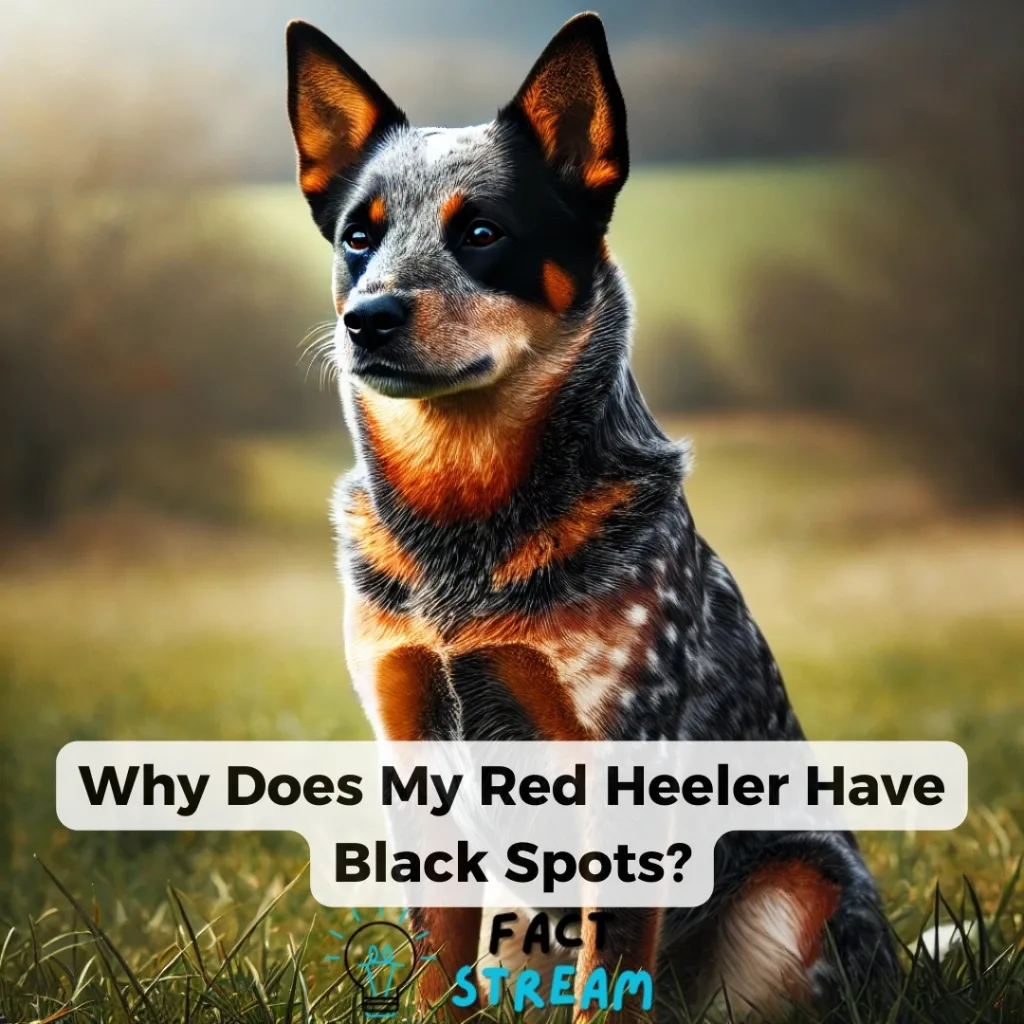Why Does My Red Heeler Have Black Spots?
Bringing home a Red Heeler puppy is super exciting! They are smart dogs. They are full of energy. And they have cool looks! As your puppy grows up, you might see something interesting: black spots on their red fur.
Have you ever thought about why that is? Let’s explore!
Red Heelers are also called Australian Cattle Dogs. People know them for their unique colors, which are usually blue or red. Sometimes you get a mix of both colors!
If your Red Heeler has black spots, it doesn’t mean they are not a purebred dog. It also doesn’t mean they are sick.
Ticking and Creeping Tan
Red and blue Heelers are born with white fur. Around four weeks old, red or black hairs start to grow. These hairs make a neat pattern on their white fur called “ticking.”
Sometimes, Red Heelers have a special gene called “creeping tan.” This gene makes the tan areas of their fur get bigger as they age. This is similar to how German Shepherds get their colors!
There are two ways “creeping tan” can make black spots:
- The black spots a puppy is born with could slowly turn red as they grow older.
- New red spots might appear, which would make it look like the black spots are changing color.
Think of it like a magic trick! Red Heelers have black fur hiding under their white spots and ticking. As the “creeping tan” gene shows more tan color, some black spots look red.
Other Reasons for Black Spots
“Creeping tan” isn’t the only thing that can cause black spots. Here are some other reasons:
- Mud: Red Heelers love to play outside! Sometimes they get muddy. The mud can look like black spots in their fur. Don’t worry, a bath will take care of it.
- Flea Dirt: Fleas are tiny bugs that can live on dogs. They leave behind little black specks that look like dirt. We call these specks “flea dirt.” Flea dirt is usually found on a dog’s belly. If you put these specks on a wet paper towel, they will make a red smear.
- Skin Changes: Sometimes, a dog’s skin can turn darker in some areas. This is called hyperpigmentation. It can happen after an injury or if they have allergies. Hyperpigmentation is not a problem most of the time. But if the skin is red, itchy, or there is no fur, you should ask your vet about it.
- Blackheads: Just like people, dogs can get blackheads! Blackheads are small, black spots that you might see if your dog’s pores get clogged up with oil. If your Red Heeler has a lot of blackheads or the skin around them is red, let your vet know.
- Skin Lumps: Skin lumps can be dark or black. If you notice strange lumps or bumps that are changing, have your vet look at them.
- Melanoma: This is a type of skin cancer that can look like a black spot. Melanoma spots usually grow quickly. It’s important to tell your vet about any black spots that are changing fast.
When to See the Vet
Most black spots are just a normal part of your Red Heeler’s unique colors! However, sometimes it is a good idea to ask your vet about the black spots. Here are some times when you should talk to your vet:
- A black spot changes size or shape quickly.
- The skin around a black spot is red, itchy, or has no fur.
- A black spot feels bumpy or different from the skin around it.
- Your older dog gets new spots, or old spots start to change.
- Your dog is licking, scratching, or rubbing the black spot a lot.
Your Special Red Heeler
The colors and patterns on your Red Heeler make them special! Black spots are usually just a normal part of how their genes work.
By understanding why black spots can appear and looking for any changes, you can keep your Red Heeler healthy and happy! If you have any questions, talk to your vet!


